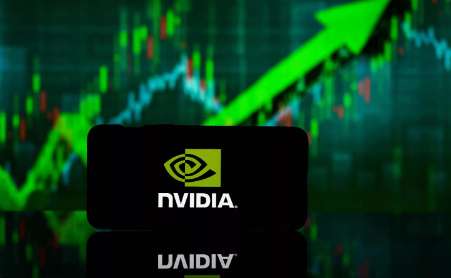JBT Marel Navigates Uncertainty with Strong Orders and Synergy Progress in Q1 2025
JBT Marel Corporation’s first-quarter 2025 earnings revealed a company navigating a challenging macroeconomic environment with resilience. Despite a reported net loss, adjusted metrics and robust order intake signal progress toward its post-merger integration goals, even as trade policy risks cloud the outlook.
Financial Highlights: Adjusted Metrics Paint a Stronger Picture
The company reported $854.1 million in revenue for Q1, with adjusted EBITDA of $112.2 million (13.1% margin), excluding significant non-operational charges. These one-time costs included a $147 million U.S. pension settlement, M&A expenses ($74 million), and restructuring costs ($11 million). While the reported net loss of $173 million drew attention, management emphasized that adjusted figures better reflect core performance.
Ask Aime: Can JBT Marel's Q1 2025 earnings signal a turnaround in the food processing industry?
Orders and Backlog: A Record-Setting Quarter
JBT Marel’s order intake hit a record $916.1 million, a 16% year-over-year increase, driven by demand across poultry, meat, beverages, and pharmaceuticals. Backlog swelled to $1.31 billion, up from $1.1 billion a year ago, pointing to sustained demand for its processing equipment and services. The strong backlog bodes well for future revenue, though supply chain delays and trade-related costs remain risks.

Segment Performance and Synergy Progress
Both segments contributed to the quarter’s success:
- JBT generated $408.8 million in revenue and $60.8 million adjusted EBITDA (14.9% margin).
- Marel reported $445.3 million in revenue and $51.4 million adjusted EBITDA (11.5% margin).
Ask Aime: "JBT Marel's Q1 2025 Earnings Show Resilience Amid Challenges"
Synergy targets remain on track, with the company expecting $35–$40 million in annualized cost savings by 2025, rising to $80–$90 million by year-end. Restructuring costs in Q1 ($11 million) will translate to $12–$15 million in annualized savings by 2025, while supply chain initiatives could add $30 million in annualized savings.
Financial Position: Liquidity and Debt Metrics Improve
Liquidity remains solid at $1.3 billion, including $101 million in cash, while leverage ratios improved. The bank leverage ratio fell to 3.2x, and net debt/adjusted EBITDA dipped to 3.8x, down 0.2x since early 2025. Operating cash flow rose to $34.4 million, though free cash flow ($17.8 million) was constrained by pension contributions and CapEx.
Outlook: Caution Amid Trade Uncertainty
While Q2 guidance is positive—$885–$915 million in revenue, an adjusted EBITDA margin of 14.5%–15.25%, and adjusted EPS of $1.20–$1.40—management suspended full-year 2025 guidance due to geopolitical risks. CEO Brian Deck highlighted efforts to mitigate tariff impacts, including vendor concessions and reshoring initiatives, while CFO Matt Meister noted operational execution as a key driver of outperformance.
Risks and Considerations
The company faces headwinds from trade policies, inflation, and supply chain bottlenecks. Its reliance on global industries—particularly in the U.S. and Europe—makes it vulnerable to protectionist measures. However, its diversified customer base and strong backlog may help buffer against near-term volatility.
Conclusion: A Company Positioning for Long-Term Growth
JBT Marel’s Q1 results underscore its ability to deliver on operational and financial targets despite macroeconomic headwinds. The record order backlog, progress toward synergy goals, and improving debt metrics suggest the company is on a path to strengthen profitability. While trade risks and costs remain concerns, its liquidity and adjusted metrics indicate resilience. Investors should watch for Q2 execution and how the company manages trade-related costs. With a $1.3 billion backlog and $30+ million in annualized supply chain savings, JBT Marel appears poised to capitalize on its strategic advantages, even in a challenging environment.
The next critical test will be whether it can sustain adjusted EBITDA margins above 14% and convert backlog into revenue without further margin compression. For now, the fundamentals support cautious optimism about this industrial powerhouse’s future.



























